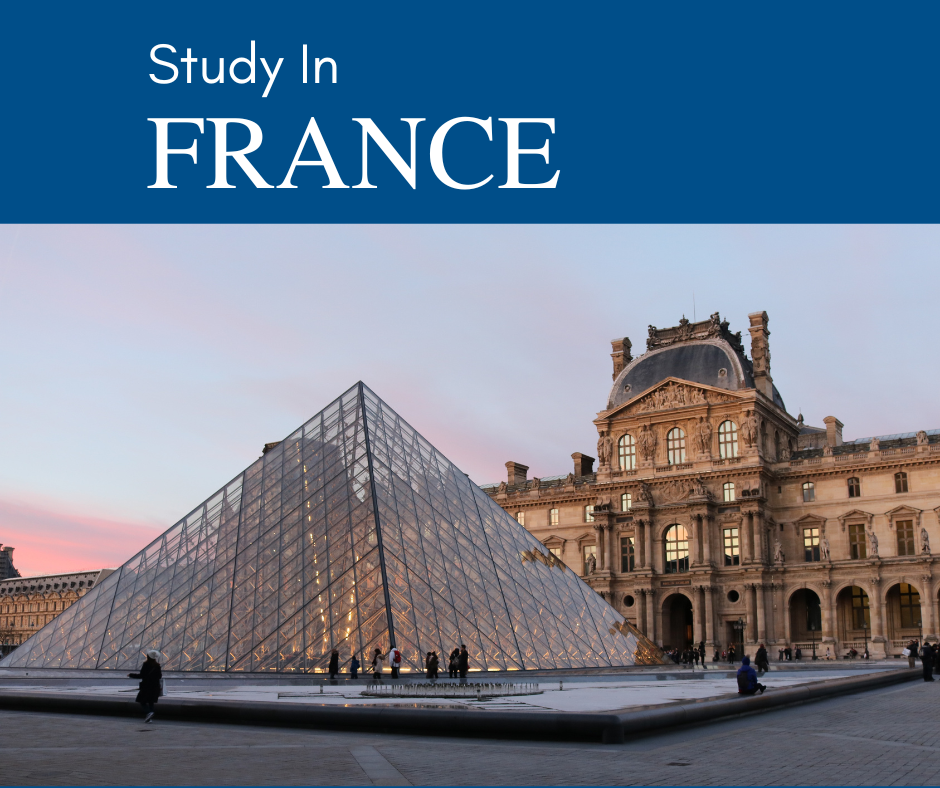
Why QS’ MBA Rankings Are Letting Business Schools Off the Hook
Share
U.S. dominance in QS—but at what cost?
The PIE News reports that the QS Global MBA Rankings 2026 once again show the U.S. dominating: Wharton, Harvard, MIT Sloan, and Stanford occupy four of the top five slots. (PIE News) This looks impressive—until it’s compared with the Financial Times MBA Rankings 2026, where American schools are sliding fast.
BlueSky Thinking’s analysis calls it “The Year America Vanished”: Stanford missing entirely, Harvard down to #13, and only three U.S. schools left in the top 10. (BlueSky Thinking)
The contrast reveals something uncomfortable: QS’s methodology consistently props up U.S. schools, while FT’s harder metrics—like ESG, carbon footprint, and diversity—highlight where those same schools are lagging.
QS’s methodological blind spots
QS uses five pillars: employability, ROI, thought leadership, alumni outcomes, and diversity. On paper, that sounds solid. In practice, the weightings overwhelmingly reward:
- High salaries in U.S. and European markets (inflated by cost of living and sector bias).
- Brand name advantage (employers already recruit at Harvard, Wharton, Stanford).
- Network scale (alumni numbers naturally favour older, wealthier institutions).
What QS doesn’t meaningfully capture are the areas that modern business education should be judged on: sustainability, diversity outcomes, carbon accountability, and global faculty mobility. These are precisely the measures that pushed European and Asian schools up in the FT tables.
By excluding or minimising them, QS produces a table that flatters incumbents and reassures them they don’t need to change.
Why U.S. schools cling to QS
It’s no surprise that U.S. schools trumpet QS results but bristle at FT. According to BlueSky Thinking, some have even reduced cooperation with FT surveys, wary of poor showings on ESG and internationalisation. The logic is simple:
- QS lets them shine on traditional measures they already dominate.
- FT exposes weaknesses in sustainability and inclusivity, where European programs (IESE, Bocconi, HEC) and even Asian schools are outpacing them.
In other words, QS becomes a safe marketing tool, while FT becomes the uncomfortable mirror they’d rather not look into.
The cost of QS’s easy optics
This selective engagement creates distortions:
- Students misled. Prospective MBAs see U.S. schools towering in QS and assume they are uncontested leaders, while missing the bigger picture of where innovation and global alignment are happening.
- Accountability lost. By rewarding only salary and employer brand, QS effectively removes pressure on schools to adapt to 21st-century values. Why reform ESG reporting if rankings don’t penalise you?
- Global imbalance. Schools in Asia and Europe that excel in areas like sustainability or international reach are under-recognised in QS, even as FT gives them deserved visibility.
Opinion: QS is part of the problem
At a time when MBA programs are under pressure to prove relevance, QS offers them an easy out: rankings that look glossy, that reinforce the myth of U.S. dominance, and that avoid uncomfortable questions.
But credibility matters. FT’s methodology is not perfect, but it is audited, transparent, and evolving toward issues students increasingly care about. QS’s reliance on employer surveys and salary data is not only dated—it risks becoming a marketing service for the old elite, rather than an independent measure of quality.
Conclusion
QS rankings provide U.S. schools with a flattering spotlight, while FT’s data-driven shifts expose uncomfortable truths. The real question isn’t why American schools perform better in QS than FT—it’s why QS continues to hand them a pass.
If prospective MBAs want a picture of the future, not just the past, they should treat QS tables with caution. Because a ranking system that tells schools exactly what they want to hear is not guiding the sector forward—it’s holding it back.










